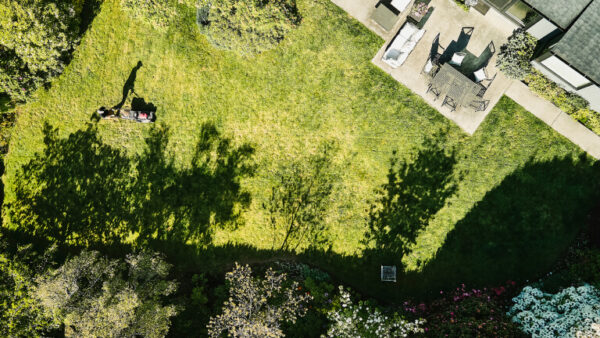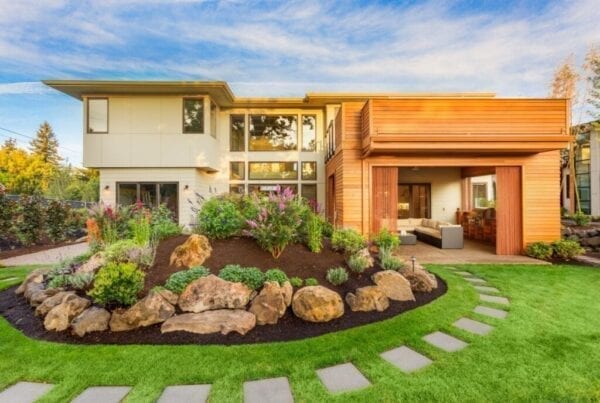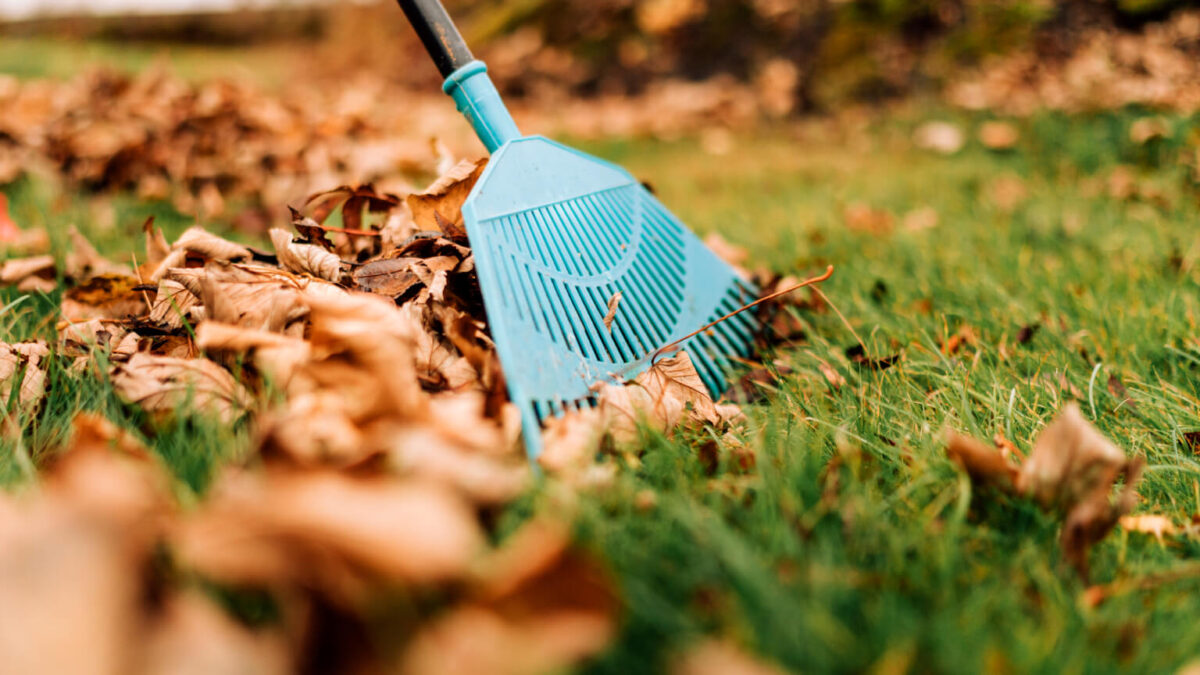How to Pick a Garden Color Palette
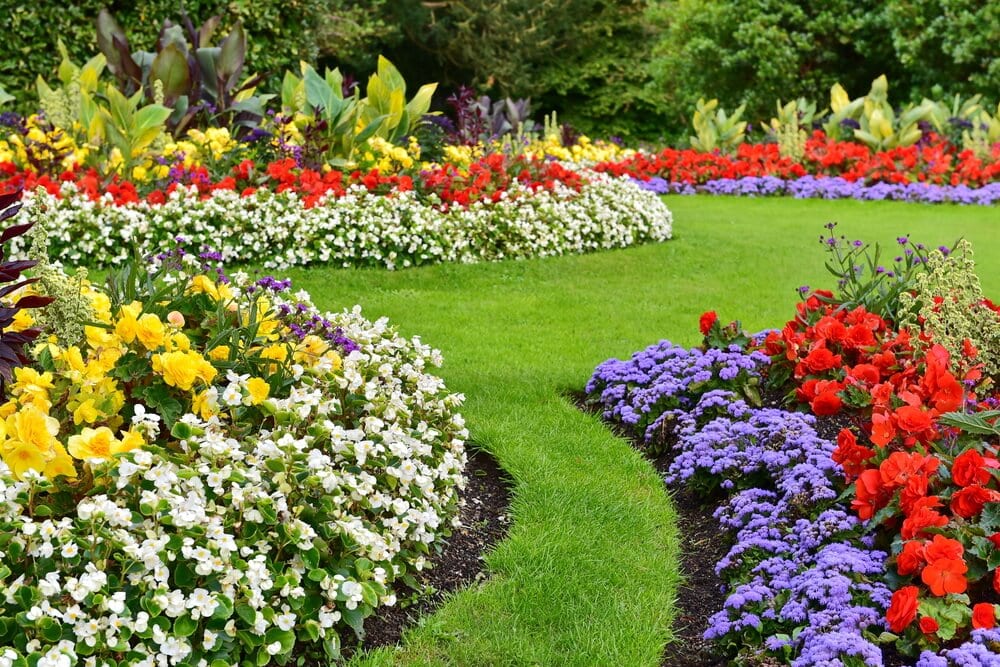

Shop These Products Now: Flower Plants – Grass SeedsMaybe you plan your garden meticulously as soon as the first signs of spring pop up. Or maybe you wait until summer, see what grows well and add as needed to keep things looking lush. Whatever your approach, thinking about one small thing can take your garden from looking haphazard to looking completely curated. It’s your garden color palette.You think about the color palette for the interior of your home, so why leave your garden unattended in this way? Choosing a few colors for your exterior spaces and growing plants in those colors will make your outdoor spaces look polished and vibrant.And, like all good design, choosing a garden color palette is a lot easier when you have a few principles to guide you. Here’s a quick look at some of your color palette options in your outdoor spaces.
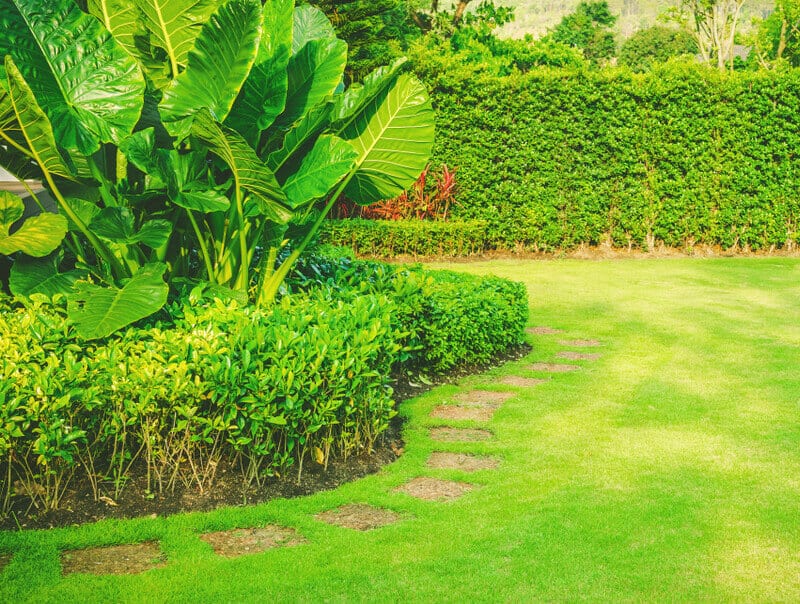
Shop These Products Now: Garden Grass Seeds – Tree Plants
Monochromatic
Want to keep it simple? Go monochrome. Choosing plants in a single color gives your garden a cohesive, seamless look that helps it blend together so your outdoor spaces look established and attractive.The easiest way to work with a monochromatic garden color palette is to go green. Grow virtually any type of foliage and you’re right on track. But you can still go monochrome if you love colorful flowers. Just pick a color — whether that’s pink, white, purple, blue or another fave of yours — and stick with plants that bloom in that color.
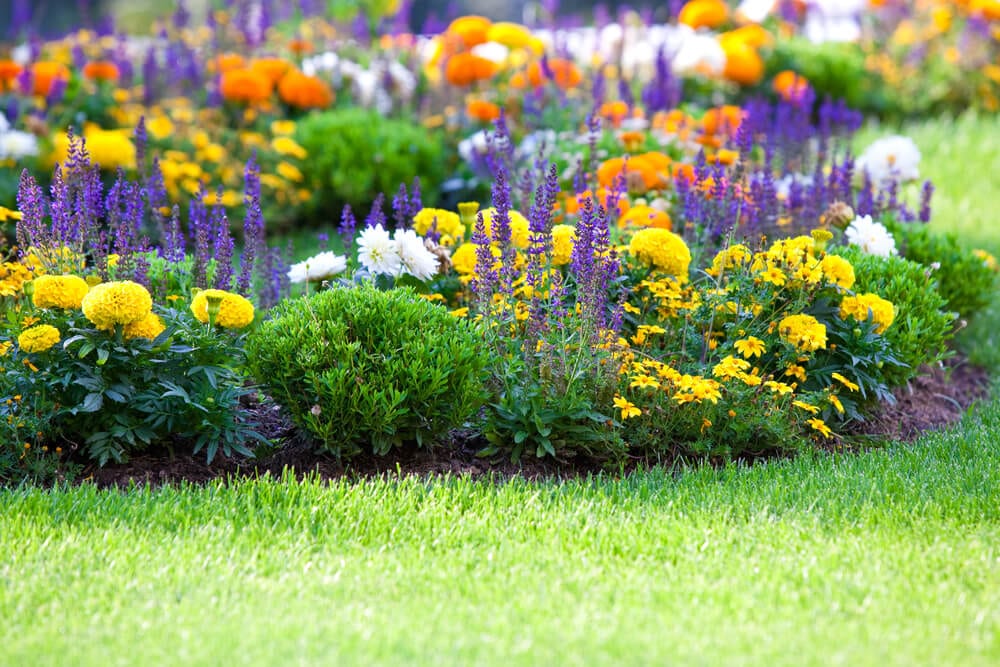
Shop These Products Now: Colorful Flower Plants – Garden Grass
Complementary
Remember color theory? (If you need to brush up, we’ve got a great color rule guide here.) Complementary colors are those that are positioned opposite one another on a color wheel. That makes it super easy to follow. Even if you’ve shied away from complementary color pairings in your home’s design up to this point, consider it for your garden color palette.While this can be a pretty in-your-face color combo in interior spaces, complementary colors are ideal for outdoors where they have plenty of room to breathe. Pair yellow and purple, blue and orange or red and green for a lively looking garden.
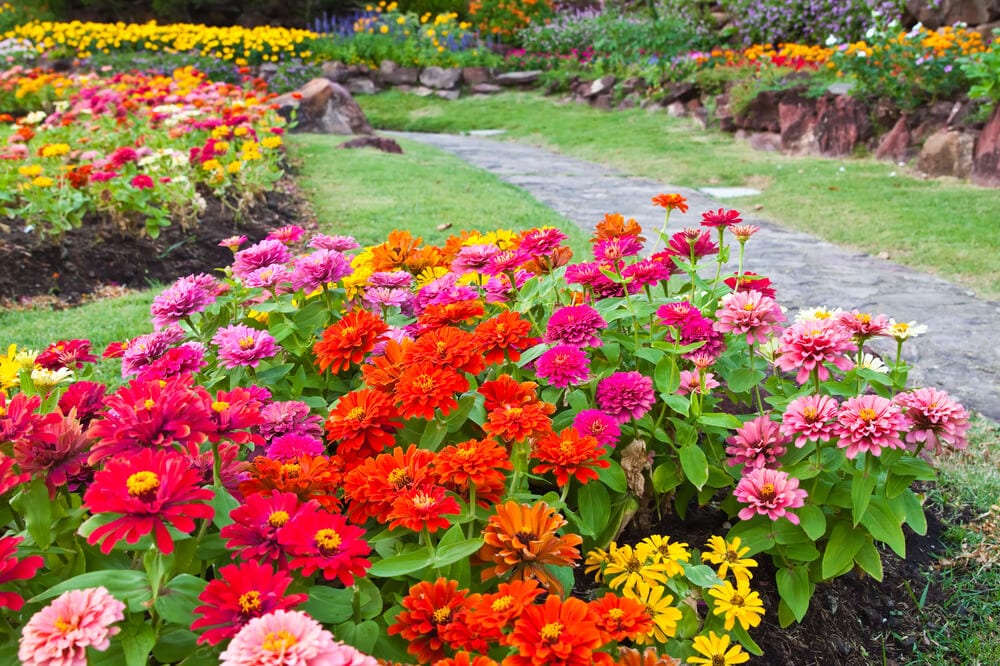
Shop These Products Now: Flower Plants – Decorative Stones
Analogous
Another color theory basic, analogous colors are ones that are placed next to each other on the color wheel. And using analogous colors in your garden can help different plants blend visually, giving your yard a cohesive but still colorful look.Just a few examples of analogous garden color palettes you could choose include: blue, green and yellow; red, orange and yellow; purple, blue and red. Clearly, there’s room to play here. And sticking to a specific section of the color wheel gives your yard a clear vision even if you go wild when choosing plants.
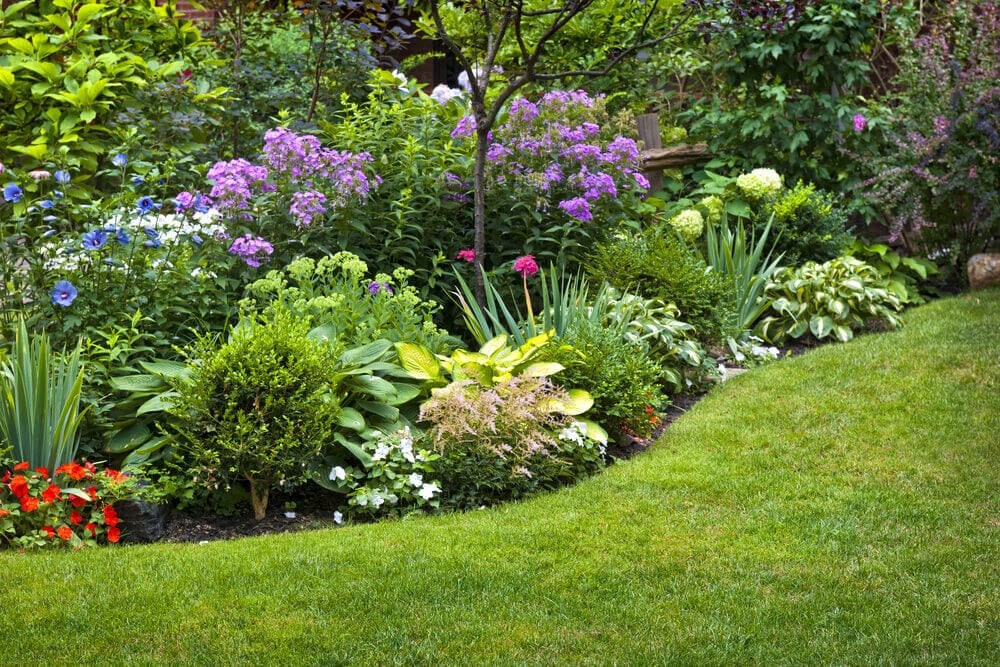
Shop These Products Now: Ornamental Plants – Flower PlantsAnother go-to for designers, the 60-30-10 rule is also a pretty simple one to follow. You pick one color to make up 60% of the space (the green in the photo above). Then, you choose a secondary color to make up the next 30% (above, it’s indigo). Finally, you round out the space with an accent color that completes the last 10%. It’s usually a bold color like the red in the image above.The 60-30-10 rule gives you plenty of flexibility while building in guidelines that ensure your garden will look balanced when you’re finished. And that final 10% is a fun opportunity when you’re talking about blooms. Choose something surprising and vibrant to take your garden to the next level.Armed with these garden color palettes, you’re ready tmake your outdoor spaces shine all year round. Which one will you choose?

